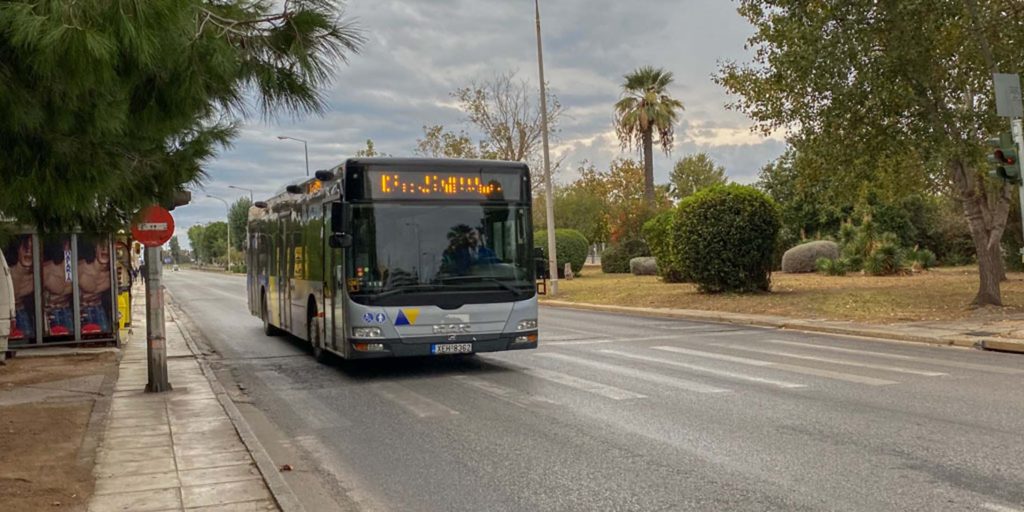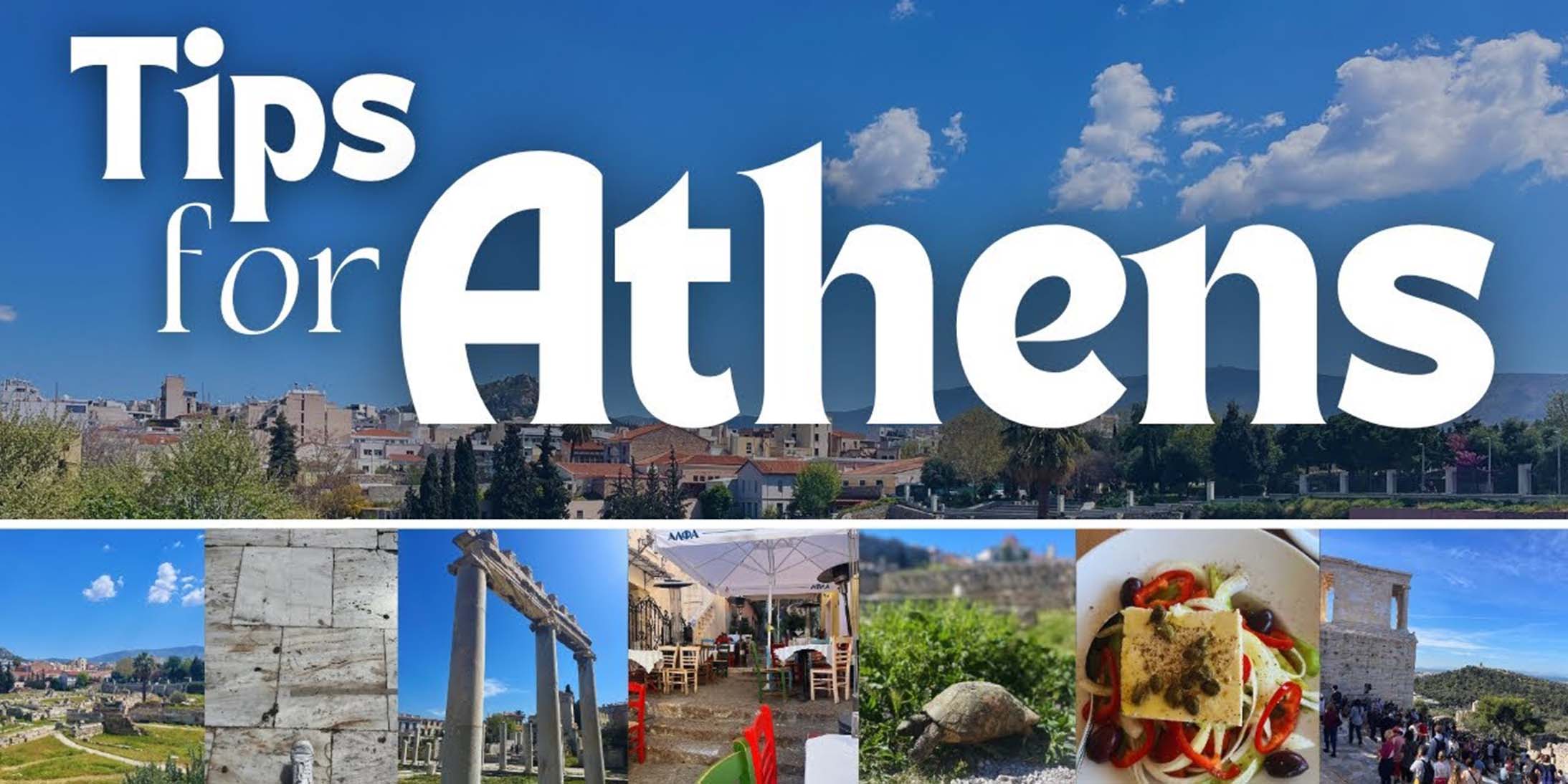Athens is a city where the ancient world meets modern vibrancy, offering a fascinating blend of history, culture, and urban energy. From the Acropolis perched high above the city to the bustling streets of Plaka and Monastiraki, there’s so much to explore that it can be overwhelming for first-time visitors. Having traveled to Athens and immersed myself in the local lifestyle, I’ve compiled this comprehensive guide to help you navigate the city like a pro. Whether you’re here for the rich history, delectable food, or vibrant street life, these tips and tricks will ensure you make the most of your time in this incredible city.
1. Understanding the Layout of Athens
Athens can seem chaotic at first, but once you understand its layout, it becomes much easier to navigate. The city center is relatively compact, and most of the key attractions are within walking distance of each other. Here’s a quick breakdown of the major neighborhoods to help you get your bearings:
- Syntagma: The political heart of Athens, home to the Greek Parliament and Syntagma Square. It’s also a hub for public transportation.
- Plaka: One of the oldest neighborhoods in Athens, filled with charming narrow streets, neoclassical houses, and tavernas. It’s just beneath the Acropolis, making it a perfect spot for wandering after visiting the ancient ruins.
- Monastiraki: Known for its bustling flea market and vibrant atmosphere, Monastiraki is great for shopping and street food.
- Kolonaki: An upscale neighborhood known for high-end shopping, trendy cafes, and art galleries.
- Exarchia: This neighborhood has a bohemian vibe, known for its street art, cafes, and alternative culture.
Tip: Stay Close to the Action
For first-time visitors, staying in or near Plaka or Monastiraki is ideal. You’ll be within walking distance of most major attractions, and the neighborhoods have a fantastic atmosphere with plenty of restaurants, bars, and shops.
2. Navigating Public Transportation
Athens has a well-developed public transportation system that includes buses, trolleys, and the metro. The metro, in particular, is clean, efficient, and easy to use, making it the best way to get around the city.

Metro Tips:
- Three Lines: The metro has three main lines—Line 1 (Green), Line 2 (Red), and Line 3 (Blue). The Blue line connects Athens International Airport to the city center.
- Buying Tickets: You can buy tickets at the vending machines located in every station. A single ticket costs around €1.20 and is valid for 90 minutes on all forms of public transport (buses, metro, and trams). There are also 24-hour tickets for €4.10, which offer unlimited travel for one day.
- Airport Transfer: The easiest way to get from Athens International Airport to the city center is by taking the Blue metro line. It costs €9 for a one-way ticket and takes about 40 minutes to reach Syntagma Square.
Bus Tips:
While the metro is the fastest way to travel, buses and trolleys serve areas that aren’t connected by the metro. You can use the same tickets for all modes of public transportation.
Pro Tip: Download the OSE Metro Map or use Google Maps for real-time transit updates. Both are helpful for understanding routes and navigating public transport without confusion.
3. Exploring the Ancient Sites
No trip to Athens would be complete without exploring the city’s ancient ruins. The Acropolis is, of course, the crown jewel, but there are many other important historical sites that you shouldn’t miss.
Acropolis and the Parthenon
The Acropolis, with the iconic Parthenon, is Athens’ most famous landmark. It’s best to visit early in the morning or late in the afternoon to avoid the crowds and the midday heat. You can buy a ticket at the entrance, but I recommend purchasing a combined ticket online, which includes access to several archaeological sites for €30. This ticket is valid for five days and grants entry to the Acropolis, the Ancient Agora, the Roman Agora, Hadrian’s Library, and more.
Pro Tip: Bring water, wear comfortable shoes, and take your time exploring. The climb to the top of the Acropolis is steep, but the panoramic views of Athens are worth the effort.
Temple of Olympian Zeus
Just a short walk from the Acropolis, the Temple of Olympian Zeus is an awe-inspiring ruin that was once the largest temple in Greece. Although much of it is in ruins today, the sheer size of the remaining columns gives you a sense of its former grandeur.
Ancient Agora
Located in the Monastiraki district, the Ancient Agora was once the center of public life in Athens. Wander among the ruins of ancient temples, including the well-preserved Temple of Hephaestus. It’s a quieter spot compared to the Acropolis, and the Agora Museum offers a fascinating look at daily life in ancient Athens.
4. Indulging in Greek Cuisine
Greek food is one of the highlights of any trip to Athens. From traditional souvlaki stands to upscale seafood restaurants, there’s no shortage of places to eat. Here are some must-try dishes and restaurant recommendations:

Must-Try Greek Dishes:
- Souvlaki: Skewered and grilled meat, usually served in pita bread with tzatziki, tomatoes, and onions.
- Moussaka: A baked dish made of layers of eggplant, minced meat, and béchamel sauce.
- Spanakopita: A savory pie made with spinach and feta cheese, wrapped in crispy phyllo pastry.
- Greek Salad: A simple yet delicious salad made with tomatoes, cucumbers, olives, onions, and a slab of feta cheese, drizzled with olive oil.
- Loukoumades: Fried doughnuts soaked in honey and sprinkled with cinnamon or nuts.
Restaurant Recommendations:
- Ta Karamanlidika Tou Fani: This traditional deli-meets-restaurant serves up delicious cured meats and cheeses along with hearty plates of meze (small dishes) and grilled meats.
- Oineas Restaurant: Located in the Psirri neighborhood, Oineas is known for its generous portions of classic Greek dishes with a modern twist.
- Kuzina: A fine dining option with stunning views of the Acropolis. The restaurant offers contemporary takes on traditional Greek cuisine using fresh, local ingredients.
- Bairaktaris Tavern: Situated in Monastiraki Square, this casual eatery has been serving up souvlaki for over 140 years. It’s a great place to grab a quick, affordable meal in the heart of the city.
Pro Tip: Tipping is not mandatory in Greece, but it’s appreciated. Leaving a small tip (around 5-10%) is common practice in restaurants and cafes.
5. Making the Most of Athens on a Budget
Athens is an affordable city compared to many European capitals, but there are still ways to save money without missing out on the best experiences.
Budget-Friendly Tips:
- Free Walking Tours: Athens offers several free walking tours, which are a fantastic way to learn about the city’s history and culture from a knowledgeable local guide. While the tours are free, it’s customary to tip the guide based on your satisfaction.
- Cheap Eats: Look for traditional tavernas or street food vendors offering souvlaki or gyros for around €3-€4. You’ll also find bakeries selling delicious pies (like spanakopita) for just a few euros.
- Museum Discounts: Many museums and archaeological sites offer discounted entry for EU students and seniors. Additionally, some museums have free admission days, usually on the first Sunday of each month from November to March.
- Stay in a Central Neighborhood: By staying in a central neighborhood like Monastiraki or Plaka, you’ll save money on transportation and be able to walk to most of the major sights.
6. Best Time to Visit Athens
Athens can be visited year-round, but certain seasons are more favorable depending on what you want to experience.
Spring (March-May) and Fall (September-November)
These are the best times to visit Athens. The weather is mild, the crowds are smaller, and prices are generally lower than in the peak summer months. This is also a great time for exploring outdoor archaeological sites without the scorching summer heat.
Summer (June-August)
Summer is the high season in Athens, and it can get incredibly hot, with temperatures often reaching 35-40°C (95-104°F). While this is when Athens is the busiest, it’s also when many of the city’s festivals, such as the Athens and Epidaurus Festival, take place. If you visit during the summer, make sure to stay hydrated and schedule outdoor activities for early in the morning or late afternoon.
Winter (December-February)
Winter is the off-season in Athens, but the city rarely gets too cold, with average temperatures hovering around 10-15°C (50-59°F). You’ll find fewer tourists and cheaper accommodation, making it an excellent time to explore the city’s museums and cultural institutions.
7. Practical Tips for First-Time Visitors
- Currency: Greece uses the Euro (€), and while credit cards are widely accepted, it’s a good idea to carry some cash, especially when visiting smaller shops or markets.
- Language: Greek is the official language, but most people in Athens speak English, especially in tourist areas.
- Safety: Athens is generally a safe city, but like any large urban area, it’s important to stay aware of your surroundings and keep an eye on your belongings, particularly in crowded areas like Monastiraki and Syntagma Square.
Athens is a city that offers something for every kind of traveler. From ancient ruins to bustling markets and incredible cuisine, the Greek capital is as dynamic as it is historic. With these tips and tricks, you’ll be able to navigate Athens with ease and make the most of your time in this unforgettable city.



